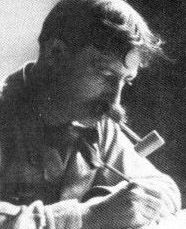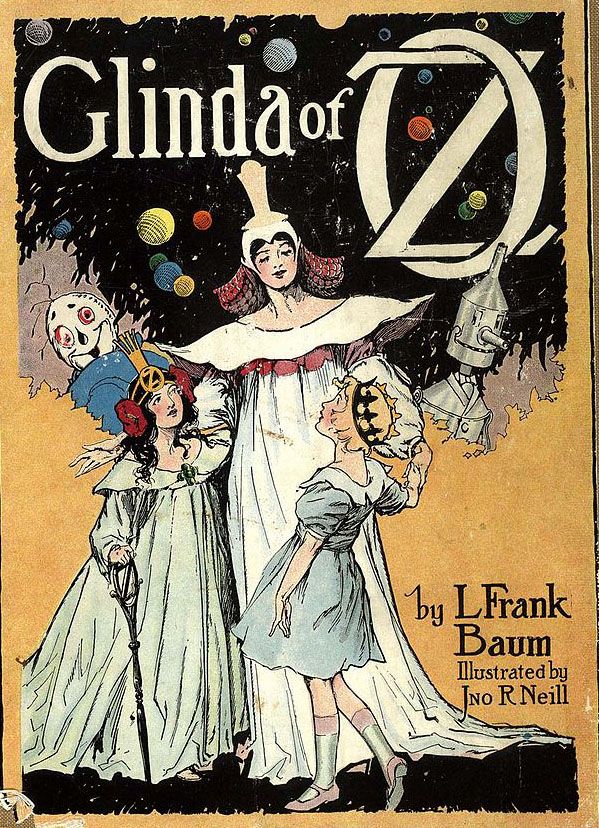
By Charles Apple
The Spokesman-Review
Playwright, chicken farmer and children’s book author L. Frank Baum published “The Wonderful Wizard of Oz” 120 years ago Sunday. The book would sell out its first run of 10,000 copies in eight months and go on to sell a total of 3 million copies before it fell into the public domain in 1956.
Baum would try his hand at other children’s books but returned to his Oz characters time and time again, adapting them for a stage production in 1902 that ran for a while on Broadway and toured the country. Baum would write a total of 14 Oz novels, but his biggest success – a 1939 movie version – would come long after his death.
Baum’s intent was to create a fairy tale along the lines of the Brothers Grimm and Hans Christian Anderson. Baum also admired the character of Alice in Lewis Carroll’s work and chose a similar young girl to be his fictional hero.


A portion of the success of the book has been attributed to Baum’s illustrator, W.W. Denslow, who he worked with closely on the project. Denslow, in fact, was given partial ownership of the copyright of the book. This caused problems later when Denslow and Baum had a falling out while working on the 1902 stage adaptation.

The most popular adaptation of Baum’s first Oz book was the 1939 movie starring Judy Garland. There are some notable differences between the book and the movie:
IN THE BOOK
• Dorothy really travels to the land of Oz – a magical place that is said to be surrounded by an enormous desert.
IN THE MOVIE
• The entire story is a dream. Many of the characters are versions of people she knows and who are there when she wakes up.
• Dorothy’s house is picked up by a typhoon.
• Dorothy’s house is picked up by a tornado.
• Dorothy is greeted by the Good Witch of the North, who sets her on her way to see the Wizard. Dorothy meets Glenda briefly at the end of the story.
• Glenda greets Dorothy in Munchkinland, outfits her with the Witch of the East’s ruby slippers and directs her to see the Wizard. Only later does Glenda admit Dorothy had the power to return home all along.
• Dorothy wears silver slippers that she acquires after her house lands on the Wicked Witch of the East.
• Dorothy’s slippers are ruby red. This was done so the red sequins that stand in for rubies would stand out against the yellow brick road.
• Whoever possesses the Golden Cap controls the flying monkeys.
• The flying monkeys are the minions of the Wicked Wich of the West.
• Dorothy repeatedly rescues her friends.
• Repeatedly, Dorothy is a damsel in distress. She spends a lot of time screaming.
Other Wizardly facts
Other things you might not know about the cinematic Oz universe ...
• The movie you’re familiar with was actually the seventh filmed Oz story. Baum produced four of them himself.

• A 1925 film, “Wizard of Oz” featured a pre-”Laurel and Hardy” Oliver Hardy as the Tin Woodman.
• The Tin Woodman in the 1939 version was supposed to be played by Buddy Ebsen, who was 30 at the time. But the aluminum powder in the tin man makeup caused an extreme respiratory reaction. Ebsen would spend two weeks in the hospital and another month recovering. Ebsen would go on to fame as Jed Clampett on the 1960s sitcom “The Beverly Hillbillies.”
• Margaret Hamilton would also suffer an injury when her Wicked Witch character disappears in a big poof. But the explosion went off too early, leaving Hamilton with third- degree burns. She would spend six weeks at home recovering.
• Weeks later, Hamilton’s stand-in actor, Betty Danko, was filming a scene in which the Wicked Witch skywrites “Surrender Dorothy!” The broomstick prop was a pipe that belched real smoke. The pipe exploded. Danko would spend 11 days in the hospital, and her legs would be permanently scarred.
Baum’s 14 Oz novels
Baum would write 14 full-length Oz novels, plus a collection of short stories and a newspaper comic strip that would be reprinted in book form. Two of his books wouldn’t be published until after his death in May 1919 at age 62. After that, various publishers have put out dozens more novels about Oz – or in some cases about Baum himself.

“The Wonderful Wizard of Oz”

“The Marvelous Land of Oz”

“Ozma of Oz”

“Dorothy and the Wizard in Oz”

“The Road to Oz”

“The Emerald City of Oz”

“The Patchwork Girl of Oz”

“Tik-Tok of Oz”

“The Scarecrow of Oz”

“Rinkitink in Oz”

“The Lost Princess of Oz”

“The Tin Woodman of Oz”

“The Magic of Oz”

“Glinda of Oz”